Strategies for Below Grade Level and Struggling Students
This post may contain affiliate links and ads for which I might receive a commission–at no charge to you–if you choose to make a purchase. Please see full disclosure here.
In my blog on what it’s like to work in turnaround Title 1 schools, I discuss teacher hopelessness and how many teachers feel when it comes to improving student achievement. In this blog, I’m going to discuss specific strategies for teaching struggling students that will give you a damn good return on your instructional investment.
To implement these practices effectively, you will have to engage in instructional planning.
As I state in Pacing Lessons for Optimal Learning, “…lesson planning is just as important as teaching.”
And here’s Why?
It gives you the opportunity to be most intentional.
Intentional in determining learning targets and how you will assess them.
Intentional in the selection of instructional strategies, resources, and materials needed for students to attain learning targets.
And intentional in the questions you ask and explanations you provide.
You see where I’m going, right?
Like the saying goes, failing to plan is planning to fail.
And good instruction starts with one thing: a plan.
Planning for Struggling Students and Below Grade Level Learners
The instructional strategies I’m going to share are best practices and apply to teaching and learning for all students — regardless of academic performance and socioeconomic background.
However, since turnaround Title 1 schools have such a high percentage of students who are below grade level, the practices I’m about to share are even more critical when it comes to accountability and ameliorating student achievement.
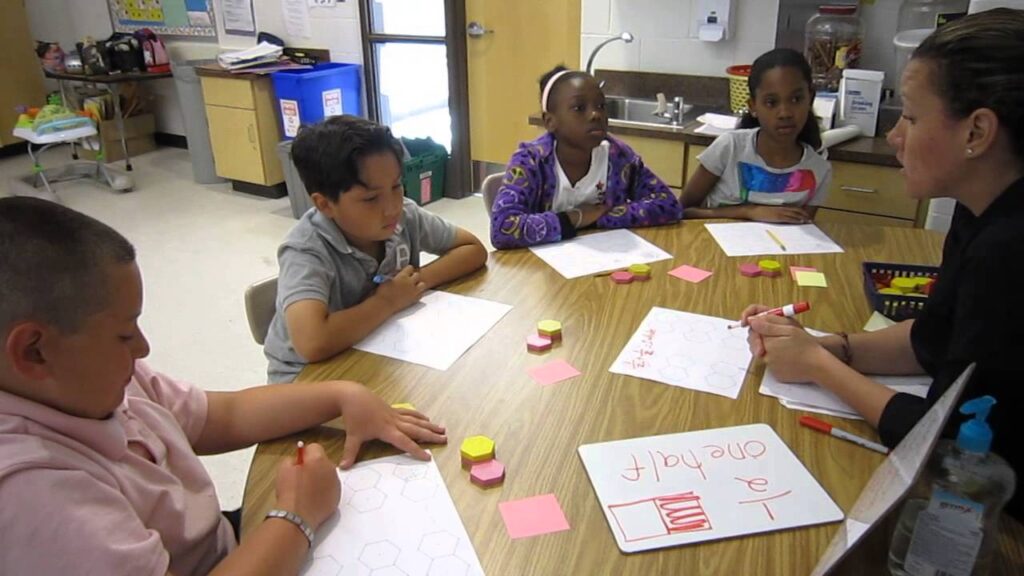
1. Small Group Instruction
Before I tell you some of the characteristics of small group instruction, I want to share a little of my story.
Small group instruction was key to my success as a classroom teacher.
Once I began implementing the small groups practices I’m about to discuss, my students consistently outperformed (on benchmark and end-of-grade assessments) students who were taught by other teachers.
But more than that, my students who struggled the most were on grade level by the end of the year.
That experience led to me becoming a staunch believer in the necessity of small group instruction, especially when teaching struggling and below grade level learners — so much so that when I began teaching middle school, I embedded it in my instructional routine.
And like when I taught elementary, the effects on student learning were the same: my struggling students began to excel.
If you know anything about middle school (even if you haven’t taught middle school, think back to when you were in middle school), small group instruction is something rarely seen, especially in the general education setting, as it’s typically reserved for students who need learning accommodations.
So, when I tell you my colleagues thought I was doing too much when they realized I implemented small group instruction — on a daily basis — they thought I was doing the most!
With that being said, after many conversations with my mentee (Initially, she was resistant.) about why she needed to implement small groups, she finally gave in and heeded the advice.
And Guess what was the end result? As evidenced by the state’s end-of-grade assessment, her students’ attained the most growth in mathematics in comparison to students who were received math instruction from other teachers.
And did I mention she was a first year teacher?
Benefits of Small Group Instruction for Struggling Learners?
- You can align instruction to students’ individual needs
- A reduction in group size decreases student anxiety and, in turn, increases student engagement
- Students are more attentive than they are during whole group instruction
- You can provide all students with immediate academic feedback
- You can closely monitor and document how students are responding to instruction
What Are Some Characteristics of Small Group Instruction for Struggling and Below Grade Level Learners?
Group Size
- Groups should be no larger than 5 students (6 at the most)
Frequency
- Minimum of 3 times weekly (4 time for students who struggle the most)
Duration of Instruction
- Keep lessons to 15 minutes. Try not to exceed 20. If you do, it shouldn’t happen frequently.
Instructional Intensity
- have clearly defined learning targets/lesson objectives for each group
- learning targets/lesson objectives should be skill-based
- engage all students (don’t let students opt out of participating)
- intervene when students are making the mistake and provide feedback (scaffolding questions, metacognitive questions, and corrective feedback). Don’t wait until after the mistake is made. Your goal is to prevent the mistake.
- provide explicit and systematic instruction
- provide many opportunities for guided and independent practice
- ask lots of questions to check for understanding and require students to explain their thinking
- provide a clear model and think aloud of the skill you want students to perform
Teaching Reading to Struggling Students in Small Groups
- read the same text multiple times, for different purposes, throughout the week
- using a variety of strategies, practice fluency daily
- incorporate a balance of guided reading and small group reading instructional strategies
- provide regular opportunities for students to read on level texts (you will need to scaffold, scaffold, scaffold)
- have lots of conversations about the text
Teaching Math to Struggling Learners in Small Groups
- move from concrete to pictorial to abstract
- have lots of conversations about mathematical thinking

2. Strategies for Motivating Struggling and Below Grade Level Students
There has been much research on the correlation between student motivation and learning.
Evidence, overwhelming, shows that students engage more and learn more the more interested they are in a topic.
Now, we already know all topics will not be of interest to your students.
And we also know that you will not be able to motivate all students, especially for every lesson.
But, it’s necessary you make attempts to do so.
Here are some strategies you can use to motivate your learners:
- begin each lesson with an engaging hook
- keep your pacing brisk and create the illusion of speed
- encourage mistakes
- incentivize participation
- incorporate cultural relevance in your lesson
- provide students with choice
- gamify review
- design lesson that incorporate opportunities for student-to-student interaction
- provide on-going immediate feedback
3. Bell-to-Bell Instruction
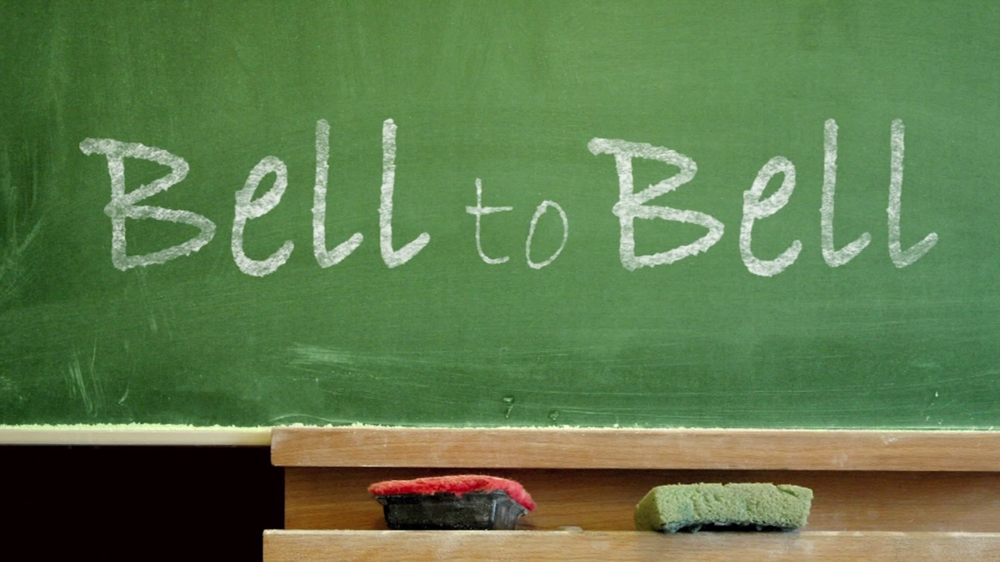
Remember this: time wasted is time loss.
And when it comes to teaching students who are below grade level, the last thing you need to do is waste time.
You have too much ground to cover: academic gaps to fill, student misconceptions to address, and grade level standards to teach.
Considering everything you have to do, it’s critical that you make decisions that will help you get the most out of your instructional day.
Here are a few things you can do to maximize your instructional time:
- Start on time
- Begin each day with a morning work/bell ringer tasks that is skill-based, spirals content, and addresses areas in which students need more practice (ELA and math)
- Establish and maintain clear classroom routines and procedures
- Plan for instructional pacing
- Use sponge activities during brain breaks and transitions

4. Focus on Literacy
Regularly infuse reading, writing, listening, and discussing in all of your lessons — across the curriculum.
It’s impossible to make meaning of a text without applying some type of reading strategy.
And it’s important for students to know that.
That’s why when reading texts, regardless of the subject area, its important for you to highlight reading strategies and engage students in making use of them to make meaning.
Here is a list of reading strategies that are easy to integrate across the curriculum as well as apply when reading texts:
- Using text features
- determining the main idea
- identifying supporting details
- summarizing
- drawing conclusions
- making inferences
- using context clues
- using fix-up strategies
- asking and answering questions
- making and confirming predictions

5. Lesson Execution
Everything you do in a lesson impacts student learning. That’s why can’t stress how critical it is that you engage in instructional planning.
But there’s another step in the planning process that teachers often forget about and, sometimes, even neglect.
So, what’s the step that’s so important?
Practicing.
In my experience as coach, I’ve seen many lessons fail because of teacher behaviors such as providing confusing and lengthy explanations.
Taking time to run through a lesson with a focus on critical elements like the questions you’ll ask, explanations you’ll provide, and what you’re going to model will positive impact your lesson execution and, ultimately, student learning.
In addition to practicing, here are some tips that will help your lesson execution:
- make sure each lesson has a clear beginning, middle, and end
- segment and sequence the lesson in a logical order
- keep an upbeat pace
- only include essential content in the lesson (save extraneous content for after the lesson)
- incorporate visuals to support learning
- provide clear and concise explanations
- ask clear questions (refine questions that are verbose)
KIPP schools has a great resource for thinking through lessons.
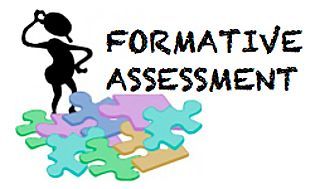
6. Formative Assessments
Remember when I said lesson planning is just as important as teaching? Well, so is assessing.
Before I move on, let’s make a few things clear:
- assessment do not always have to be paper and pencil
- assessments can be informal
- everything a student does and says can be used as assessment data
Assessments provide feedback about student learning and the effectiveness of your instruction.
It gives you the information needed to make instructional pivots during the lesson and adjustments in subsequent lessons.
Because students who are below grade level already have gaps in learning, it’s imperative that you assess throughout each lesson to gauge students’ learning and address misconceptions.
The easiest way to assess students is through questioning (student questions provide formative data too) and discussions.
Why? It takes little preparation.
And you’ll really like this one: You don’t have to grade papers.
Students also receive immediate feedback. And because it’s informal, students’ don’t feel the stress and angst they feel when taking formal assessments.

7. Analyzing Student Work to Meet the Needs of Struggling Students
Many teachers collect student work, grade it, and then give it back to the students without ever analyzing it.
Like assessing student learning is just as important as teaching, so is analyzing student work.
Engaging in the analysis of student work gives you insight into what your students know and can do, allowing you to pinpoint areas in instruction that need to be revisited.
The vital information you obtain allows you to be prescriptive in your instructional decisions.
Now, although analyzing student work is a best practice, in no way am I suggesting that you analyze every work sample students submit; that would be highly unrealistic.
What I do suggest, however, is that you determine what student work you need to analyze during the planning process.
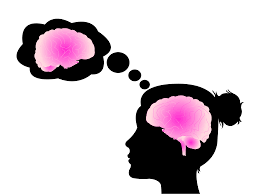
8. Teach Thinking
In my many years as a classroom teacher, one thing I noticed — and still notice as an instructional coach — about below level and struggling learners is that they often struggle with thinking.
Not thinking in and of itself, but thinking in terms of metacognition.
Teaching students how to think, not what to think, plays a critical role in students’ academic success.
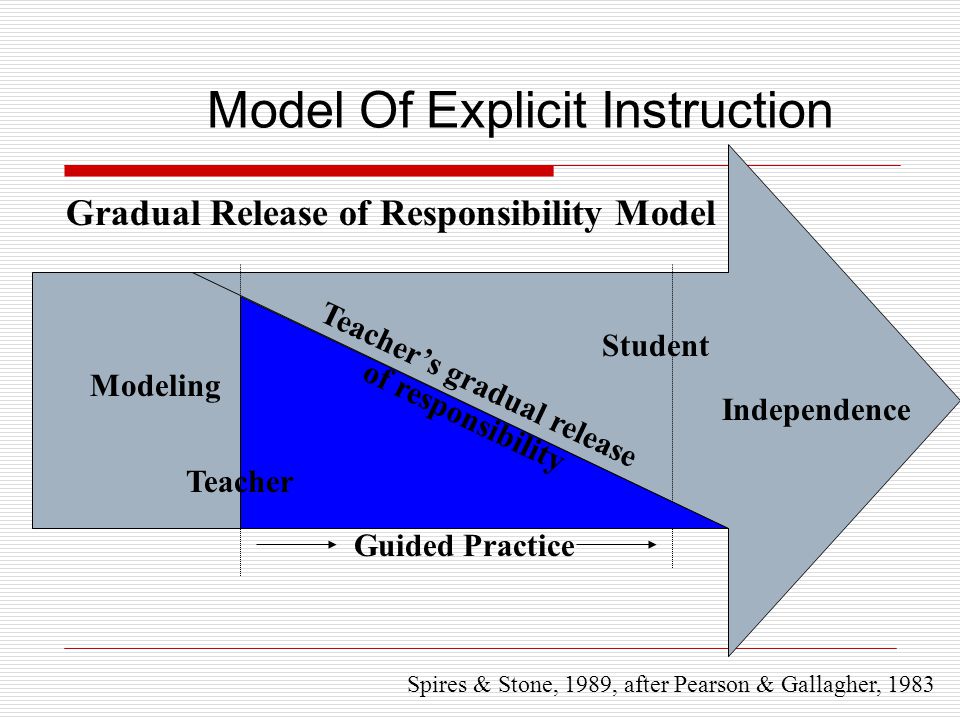
9. Explicit Instruction
Whether it’s whole group or small group, struggling students and students who are below grade level benefit greatly from explicit instruction; instruction that is clear, structured, and scaffolded.
Explicit instruction aligns to the gradual release framework (“I Do, We Do, You Do”) in which you, the teacher, guide students in understanding skills and concepts before requiring them to do it independently without scaffolds.
This strategy is straightforward insofar as being easy to understand and implement.
But more than that, it has positive impacts on student learning.
A Few Last Words
Teaching below grade level and struggling learners is no different than teaching on grade level and advanced students. However, there are instructional practices that are highly effective when working with these students. And you do have to be more intentional and on your A-game — at all times.
But when I tell you it’s worth it, there’s nothing like seeing a below grade level or struggling learner making significant gains, which ultimately leads to an increase in their self confidence
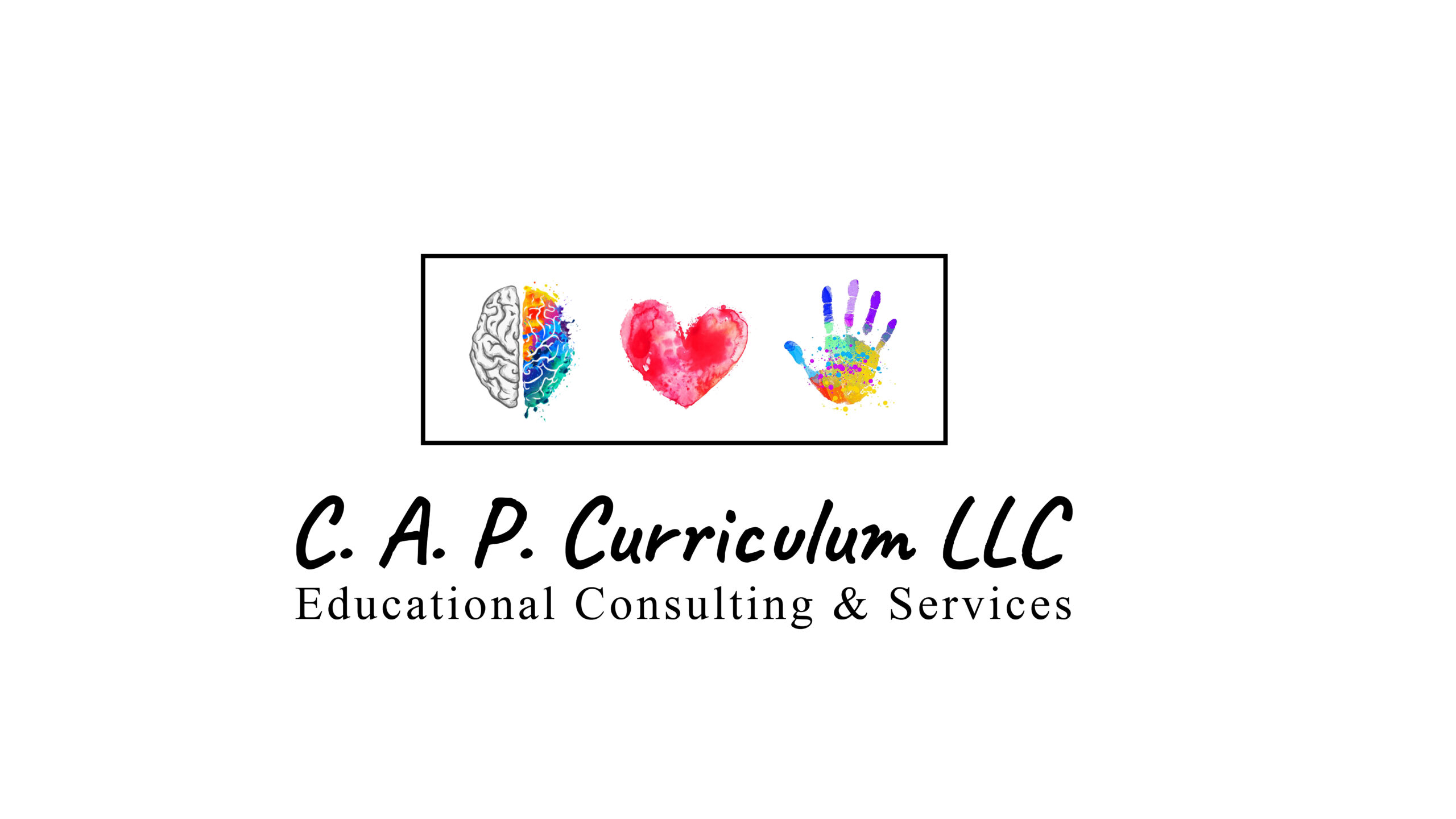

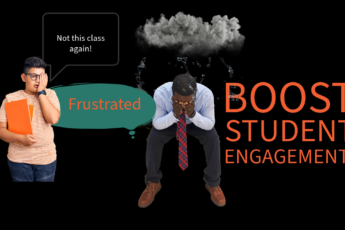



Leave a Comment